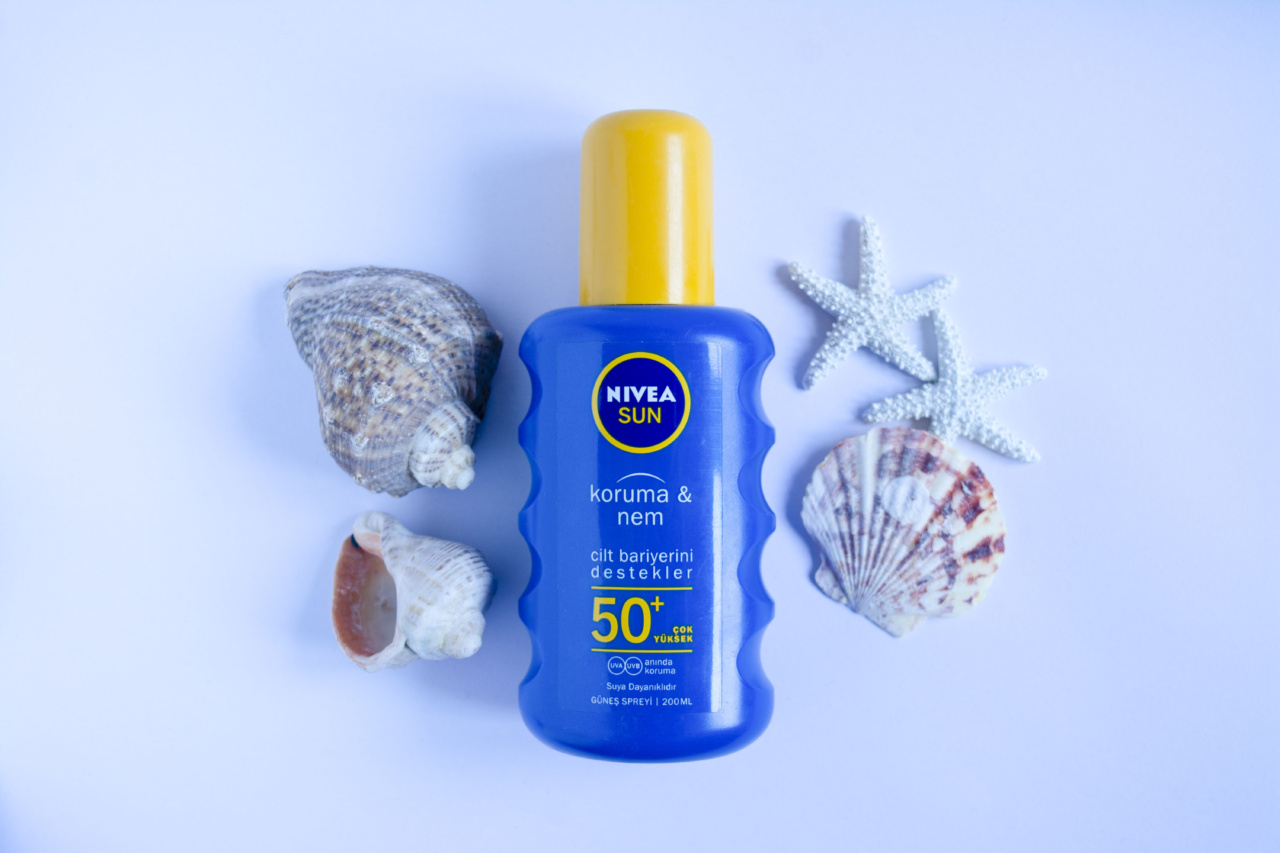When it comes to sunscreen, we all know that we should use it to protect our skin from harmful UV rays, but do we really understand what those labels mean? There are so many different types of sunscreen available, each with its own set of ingredients and SPF levels. It can be overwhelming trying to navigate the sunscreen aisle at your local drugstore. In this article, we will decode sunscreen labels and provide you with everything you need to know to make an informed choice when it comes to your sunscreen.
What is SPF?
SPF stands for Sun Protection Factor and it is a measure of how well a sunscreen protects against UVB rays. UVB rays are responsible for causing sunburn, skin aging, and skin cancer. The higher the SPF, the more protection the sunscreen provides.
The American Academy of Dermatology recommends using a sunscreen with an SPF of at least 30.
What is Broad Spectrum?
Broad Spectrum means that the sunscreen provides protection against both UVA and UVB rays. UVA rays are responsible for causing skin aging and can contribute to the development of skin cancer.
Understanding Sunscreen Ingredients
When it comes to choosing a sunscreen, it is important to understand the ingredients that are included. The following are some common sunscreen ingredients and what they do:.
Chemical Sunscreen Ingredients
Chemical sunscreen ingredients work by absorbing UV rays and converting them into heat, which is then released from the skin. Some common chemical sunscreen ingredients include:.
- Oxybenzone
- Avobenzone
- Octisalate
- Octinoxate
- Homosalate
- Octocrylene
Physical Sunscreen Ingredients
Physical sunscreen ingredients work by creating a barrier on the skin that reflects and scatters UV rays. Some common physical sunscreen ingredients include:.
- Titanium dioxide
- Zinc oxide
Water Resistance
If you plan on being in the water or sweating, it is important to choose a sunscreen that is water-resistant.
Water-resistant sunscreens have been tested and shown to maintain their effectiveness for a certain amount of time after being exposed to water or sweating. However, it is still recommended to reapply sunscreen every two hours, even if it is water-resistant.
Sunscreen Application
Now that you understand the different types of sunscreen and what the labels mean, it is important to know how to apply sunscreen correctly. Here are some tips:.
- Apply sunscreen 15 minutes before sun exposure.
- Use a generous amount of sunscreen – at least a shot glass full.
- Apply sunscreen evenly to all exposed skin.
- Reapply sunscreen every two hours, or after swimming or sweating.
Sunscreen Conclusion
Choosing the right sunscreen can be overwhelming, but it is important to protect your skin from the harmful effects of the sun. When choosing a sunscreen, look for one with an SPF of at least 30 and broad-spectrum protection.
It is important to understand the different sunscreen ingredients, and choose a sunscreen that is water-resistant if you plan on being in the water or sweating. Lastly, make sure to apply sunscreen correctly and reapply every two hours.























